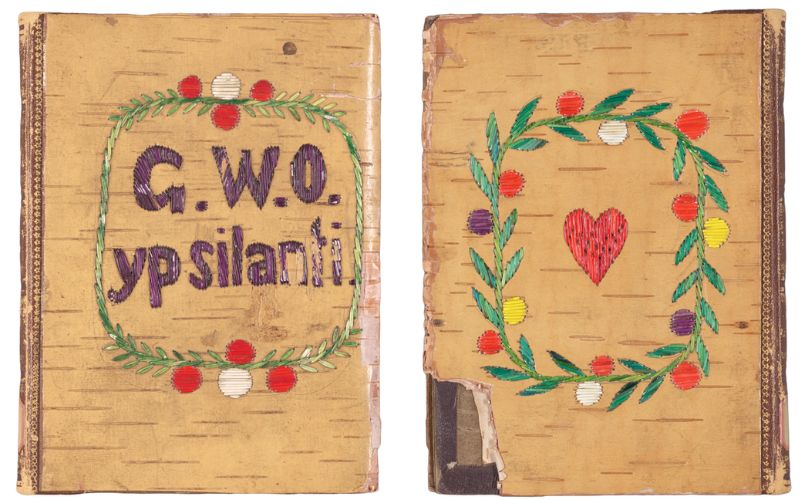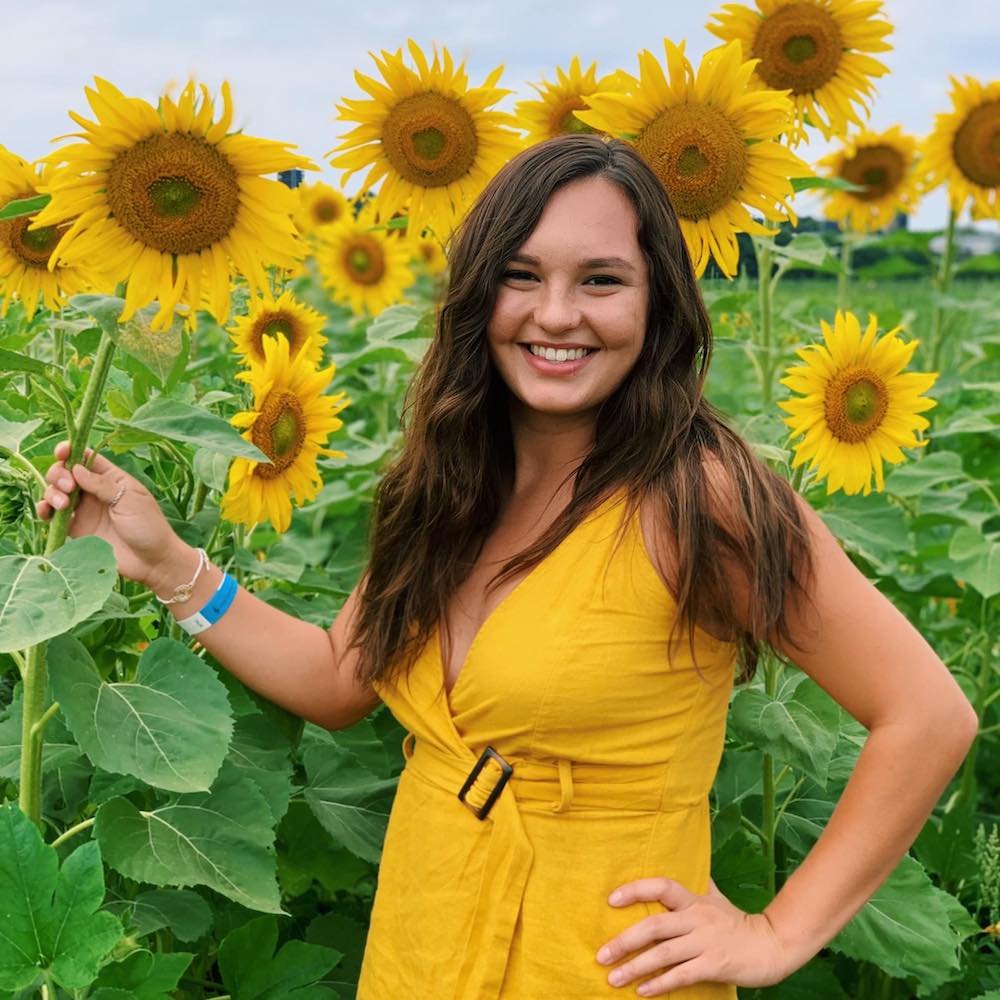
- Details
- By Kaili Berg
From never-before-exhibited drawings to pages from the Algonquin-language Bible, “Boundless,” a multimedia Native American art exhibition, is on display at the Mead Art Museum at Amherst College until Jan. 7, 2024.
“Boundless” gathers the works of more than 150 artists to tell a story of creativity and resistance across the centuries, including sculptures, historical and contemporary writing, photographs, quillwork, musical scores, basketry, and more. At times, the exhibit incorporates objects by non-Native creators to further its inquiries.
“There were so many key items that really inspired me. Because I was doing both Indigenous works and a few non-Indigenous made works in the collection, I focused on works that connected artists,” Heid Erdrich (Ojibwe), a poet and writer who curated the exhibit, told Native News Online.
The exhibition includes items from the Amherst College Collection of Native American Literature and the Mead’s collection, along with key loans from the Northeast region and beyond. Reading rooms within the exhibition even offer guests a chance to engage with Native American-authored and illustrated books.
Erdrich has been working on the exhibit since 2020.
“It was quite the challenge,” Erdrich said. “The thing that was the hardest was developing relationships with Indigenous artists in the area since I was not living on the east coast. I got pointed in the right direction and met some wonderful allies.”
“Boundless” hosts a number of unique objects by authors, artists, and musicians, including drawings by Mary Sully (Dakota), writing by Fritz Scholder (Luiseño), and pages from the Mamusse Wunneetupanatamwe Up-Biblum God, a 1663 Algonquin-language Bible created by a team that included three Indigenous translators and a Nipmuc printer.
Erdrich explained that the Algonquin Bible, also called the Eliot Indian Bible, was the first Bible printed in America. It also became the first translation of the Christian Bible into an Indigenous American language, translated by missionary John Eliot. A Nipmuc man, James the Printer, set the print, translated, operated the press, and distributed the book.
“He touched each of the pages,” Erdrich said. “It was just a great experience to see the ancestor's work and how often do we get to know something like that when we see things that have been made anonymous in museum collections.”
Help us ensure that the celebration of Native Heritage never stops by donating here.
“Boundless” was developed in dialogue with an advisory committee that includes members from the Nipmuc, Wampanoag, Shinnecock, and Mohegan Tribal Nations. The committee received support from staff at Mead Art Museum, Amherst College Archives and Special Collections, and the Five Colleges.
“The exhibition really tries to show all of the connections between the people who work in creative art programs and individual artists, which has helped enormously,” Erdrich said.
The second iteration of “Boundless” will take place this spring at the Mead Art Museum and will focus on more of works from the Northeast Tribes, including Shinnecock, Nipmuc, and Wampanoag artists. It will also expand to include global Indigenous work from Mexico, Australia Aboriginal, and the Amazon.
“It will make the connection on concerns we all have, especially around language and land,” Erdrich said. “It will have a bit of a different feel to it and will be a smaller exhibition.”
More Stories Like This
Q+A: Waha Delormier on Elevating Indigenous Representation in Fashion and FilmQ+A: Rob Pero on Indigenous Wisdom and Climate Advocacy in Upcoming Film 'The 7th'
Top Native Chefs Will Be Featured at American Indian College Fund NYC Event
Here's What's Going in Indian Country, April 19th— 25th
2024 Sundance Institute Native Filmmakers Lab Kicks Off April 24
Native Perspective. Native Voices. Native News.
We launched Native News Online because the mainstream media often overlooks news that is important is Native people. We believe that everyone in Indian Country deserves equal access to news and commentary pertaining to them, their relatives and their communities. That's why the story you’ve just finished was free — and we want to keep it that way, for all readers. We hope you'll consider making a donation to support our efforts so that we can continue publishing more stories that make a difference to Native people, whether they live on or off the reservation. Your donation will help us keep producing quality journalism and elevating Indigenous voices. Any contribution of any amount — big or small — gives us a better, stronger future and allows us to remain a force for change. Donate to Native News Online today and support independent Indigenous-centered journalism. Thank you.

